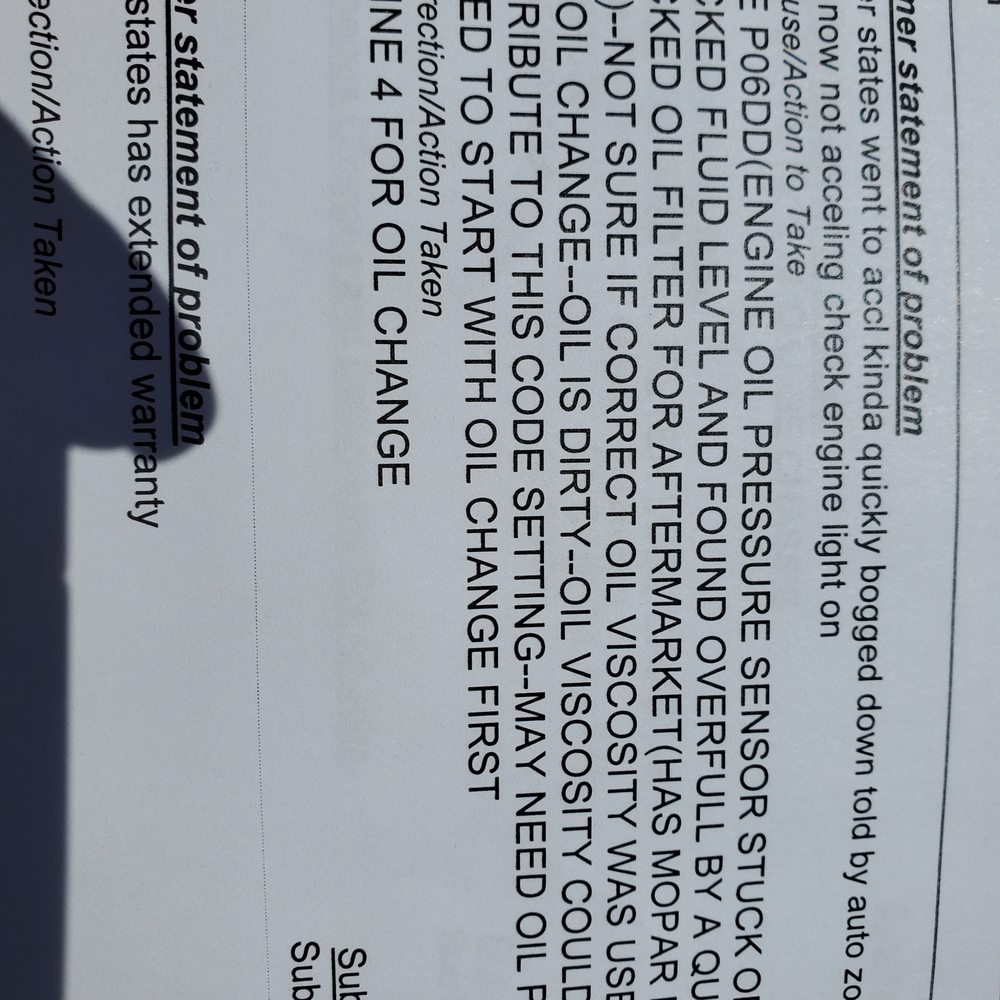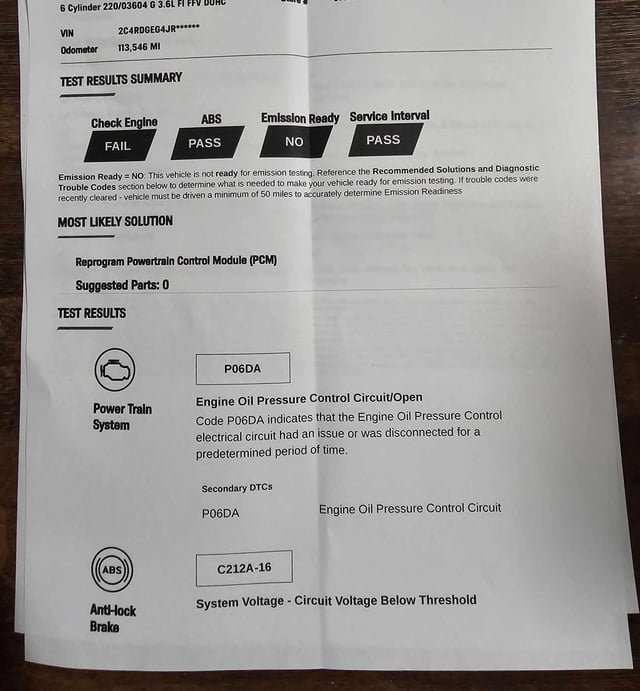The lubrication system plays a crucial role in ensuring the smooth operation of machinery and equipment. It is responsible for reducing friction, preventing wear and tear, and extending the lifespan of components. However, like any other system, it requires regular maintenance to function optimally. In this article, we will discuss some essential maintenance tasks for the lubrication system.
1. Regularly check the oil level: One of the most important maintenance tasks for the lubrication system is to check the oil level regularly. Low oil levels can lead to inadequate lubrication, which can result in increased friction and wear on the components. On the other hand, overfilling the system can cause foaming and aeration, reducing the oil’s effectiveness. It is important to follow the manufacturer’s guidelines and maintain the oil level within the recommended range.
2. Monitor oil quality: The quality of the oil is crucial for the lubrication system’s performance. Over time, the oil can become contaminated with dirt, debris, and moisture. This can lead to increased friction, corrosion, and damage to the components. Regularly monitoring the oil quality and conducting oil analysis can help detect any contamination or degradation. If the oil is found to be contaminated, it should be replaced promptly to avoid any potential damage.
3. Change the oil and filters: Regular oil changes are essential for maintaining the lubrication system’s efficiency and performance. Over time, the oil can break down, lose its lubricating properties, and become contaminated. Changing the oil at regular intervals, as recommended by the manufacturer, helps ensure that the system is always supplied with clean and fresh lubricant. Additionally, it is important to replace the filters during oil changes to prevent any contaminants from circulating in the system.
4. Inspect and clean the system components: Another important maintenance task is to inspect and clean the lubrication system components. Over time, dirt, debris, and sludge can accumulate in the system, affecting its performance. Regularly inspecting and cleaning the components, such as oil lines, fittings, and reservoirs, helps remove any contaminants and ensures proper lubricant flow. It is important to use the appropriate cleaning agents and follow the manufacturer’s guidelines for cleaning the system components.
5. Check for leaks: Leaks in the lubrication system can lead to inadequate lubrication and potential damage to the components. Regularly inspecting the system for any leaks is crucial for maintaining its performance. Pay close attention to the fittings, hoses, and seals, and look for any signs of oil leakage. If any leaks are detected, they should be promptly repaired to prevent any further damage.
6. Lubricate moving parts: The primary purpose of the lubrication system is to provide lubrication to the moving parts of machinery and equipment. Regularly lubricating these parts is essential for reducing friction and preventing wear and tear. Follow the manufacturer’s recommendations for the type and quantity of lubricant to be used, and ensure that the lubrication points are adequately lubricated.
7. Maintain proper temperature: The temperature of the lubrication system plays a crucial role in its performance. Extreme temperatures can affect the viscosity of the oil, leading to inadequate lubrication. It is important to monitor and maintain the proper temperature range for the lubrication system. This can be done by ensuring proper ventilation, using cooling systems if necessary, and avoiding excessive heat or cold exposure.
8. Conduct regular system inspections: Regular inspections of the lubrication system are essential for identifying any potential issues or problems. Inspect the system for any signs of damage, leaks, or abnormal wear. Additionally, listen for any unusual noises or vibrations that may indicate a problem with the system. Early detection of issues allows for timely repairs and prevents any further damage to the system.
In conclusion, regular maintenance of the lubrication system is crucial for its optimal performance and longevity. By following these essential maintenance tasks, such as checking the oil level, monitoring oil quality, changing the oil and filters, inspecting and cleaning the system components, checking for leaks, lubricating moving parts, maintaining proper temperature, and conducting regular system inspections, you can ensure that your lubrication system operates smoothly and efficiently. Remember to always refer to the manufacturer’s guidelines and recommendations for specific maintenance procedures and intervals.


